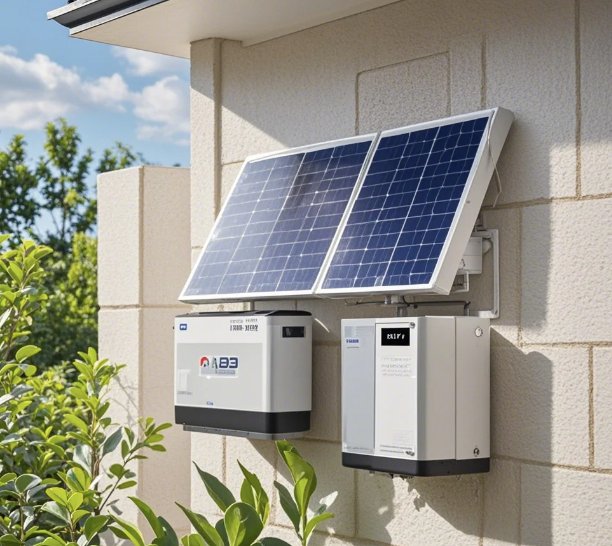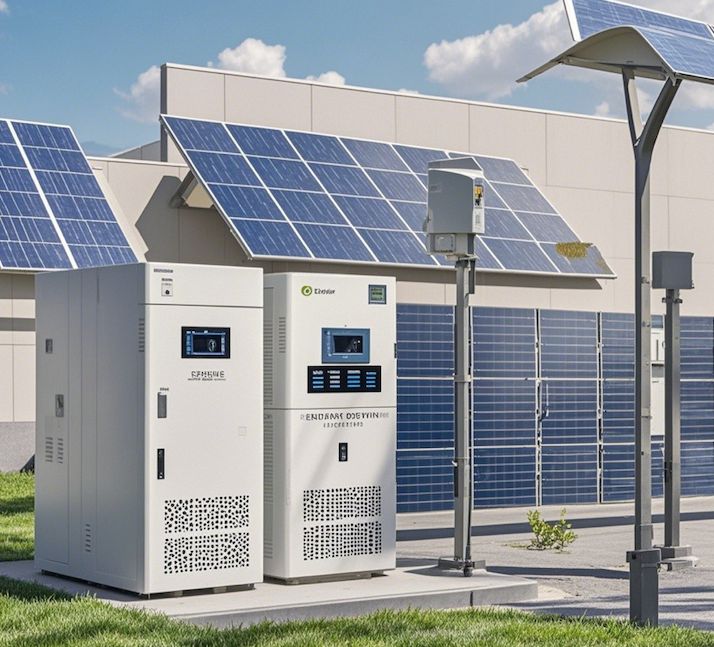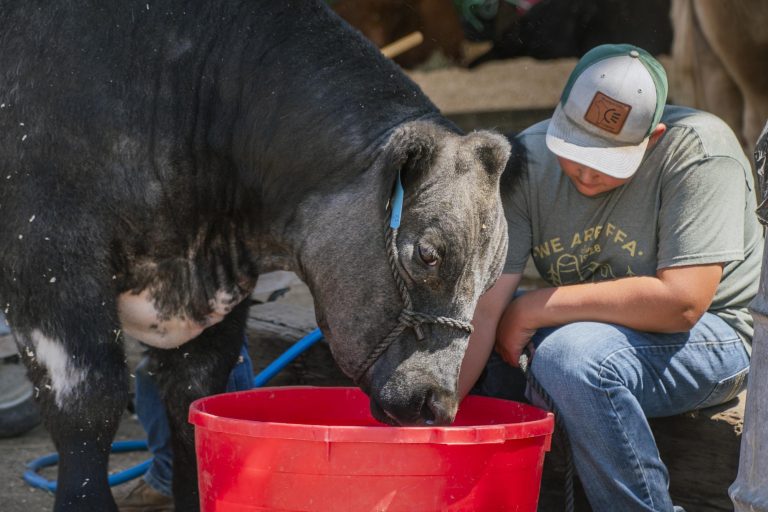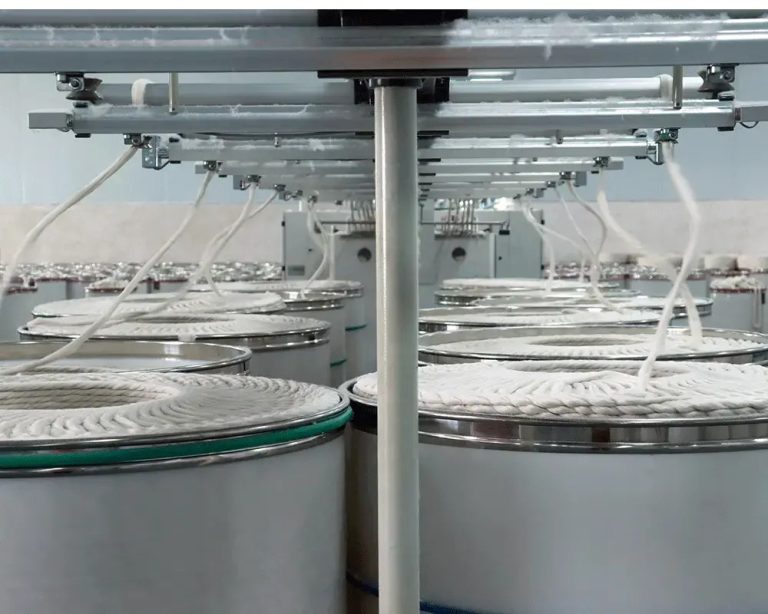目录
ToggleHunting cameras refer to remote control cameras that use motion sensors, infrared sensors, or other light beams as trigger mechanisms. It is often used to take pictures that are not easy for photographers to take directly. It is mostly used in the field of ecological research, such as supervising hunting, observing wild animals, and searching for rare species.
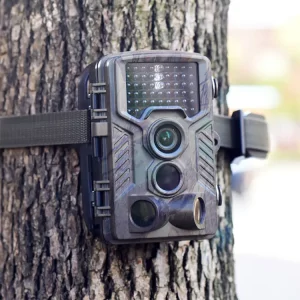
Introduction to Hunting Camera
A big advantage of a hunting camera is that it can capture a finer lens, which can be better observed through images taken by it than pure human observation. In addition, the hunting camera can stand by for a long time, work silently, and rarely disturb wild animals. But because some animals have a very keen sense of smell and hearing, you can still find traces of hunting cameras.
Because the recorded data is very accurate, hunting cameras can also be used to count the number of animals in an area, which is much more convenient and affordable than counting solely by manpower. In addition, it can be used to detect and find new or rare species.
Hunting cameras can also be used to detect the behavior and movement patterns of animals. The photos taken can reveal little-known social behaviors and bring people closer to the lives of wild animals. How do they hunt? What do they eat? Which species tolerate each other, which retreat, and so on.
Animal protection organizations such as the International Society for the Conservation of Wildlife, the World Wildlife Fund, and other non-governmental organizations also use hunting cameras to record illegal activities such as poaching.
Early hunting cameras only had simple video recording or single shooting functions. Nowadays, due to the application of digital photography, photos taken by hunting cameras can be downloaded directly to the computer.
If you want to capture important information, you need to carefully choose the location of the camera. For example, some mineral salt fields or hunting trails are places where you can often find wild animals. Some insects and birds are too small to trigger the shutter, while some reptiles and amphibians may not be photographed by thermal or infrared cameras.
Camera battery life is a major factor affecting its performance. Although some hunting cameras can shoot for a long time, they are bulky and difficult to move due to the large batteries.
Because they need to be protected from the wind and rain outdoors, these cameras need to have a good waterproof function. So as not to affect the hunting camera effect.
Hunting cameras, also known as trail cameras or game cameras, are remote control cameras used primarily for outdoor activities such as hunting, wildlife observation, and ecological research. These cameras are equipped with motion sensors, infrared sensors, or other trigger mechanisms to capture images or videos of wildlife in their natural habitat.
The advancement in technology has greatly improved the performance and quality of hunting cameras. They are now widely used in field observation due to their ability to capture high-quality images that may be difficult for photographers to capture directly. The cameras can operate silently and have a long standby time, minimizing disturbance to wild animals. However, some animals with keen senses may still detect the presence of these cameras.
One of the significant advantages of hunting cameras is their ability to provide accurate data. They can be used to count the number of animals in a specific area, which is more efficient and cost-effective compared to manual counting. Additionally, hunting cameras can be used to study animal behavior and movement patterns, revealing insights into hunting techniques, feeding habits, social interactions, and more.
Animal protection organizations also utilize hunting cameras to monitor and record illegal activities such as poaching. The recorded images serve as evidence for legal actions and conservation efforts.
Modern hunting cameras have evolved to include digital photography capabilities, allowing users to directly download the captured images onto a computer for further analysis and sharing.
To maximize the effectiveness of hunting cameras, careful consideration should be given to the camera placement. Choosing locations such as mineral salt fields or hunting trails where wildlife is commonly found can increase the chances of capturing important information. It is important to note that certain animals may not trigger the camera’s sensors, and weatherproofing is essential to protect the camera from outdoor elements.
In conclusion, hunting cameras have become an invaluable tool in wildlife observation, research, and conservation. Their technological advancements and versatility have made them indispensable for outdoor enthusiasts and professionals alike.
0

